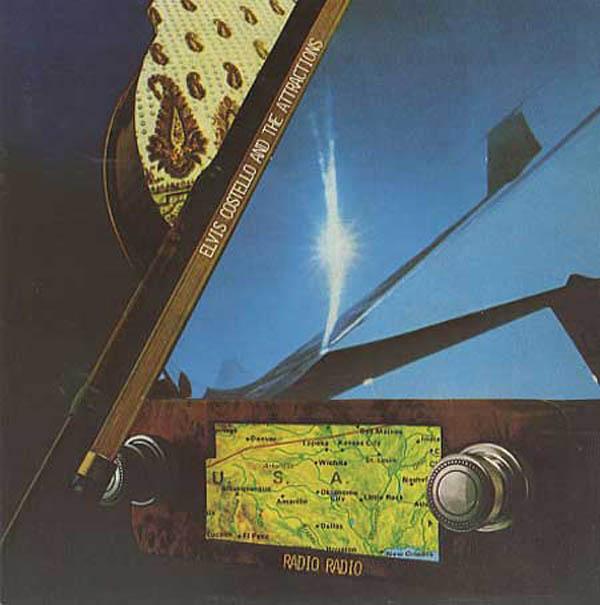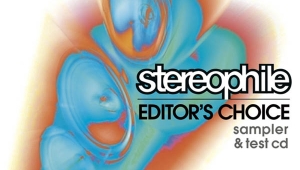| Columns Retired Columns & Blogs |
If there is one truth known to audiophiles it is "there is no free lunch": entering the audio world requires at least a pocketful of lunch money. The monthly cost for Spotify "Premium" and "Unlimited" is $4.99/$9.99 is not a significant cost for higher quality sound and storage, than would otherwise be available in the free version, especiallly given the access to millions of tracks.
Readers of Stereophile invest a good bit of money into their equipment. It would be somewhat strange for readers to deny themselves better quality music streaming (up to 320kbps) and storage (basicllly, unlimited) for what amounts to 'chump change'.
But, then ,again, stranger phenomena have been known to occur.
john













































